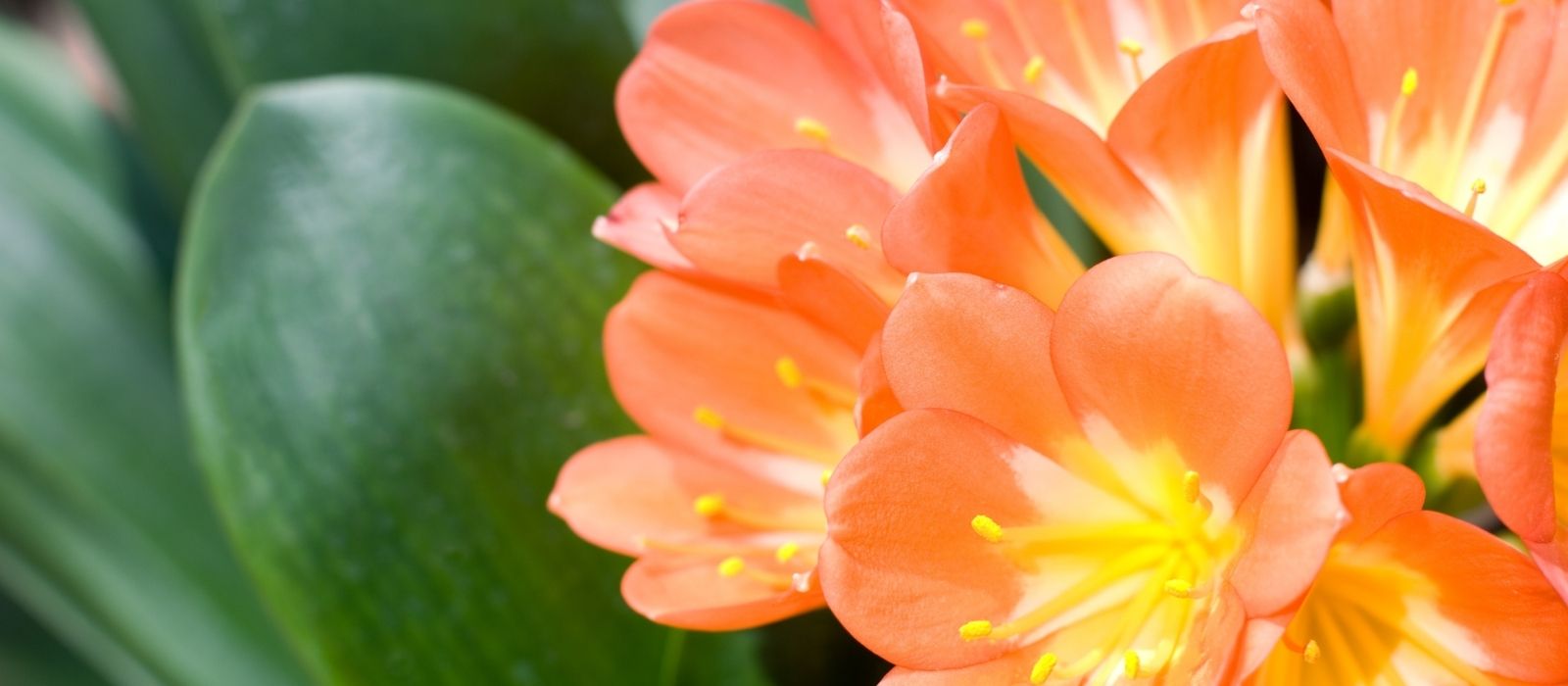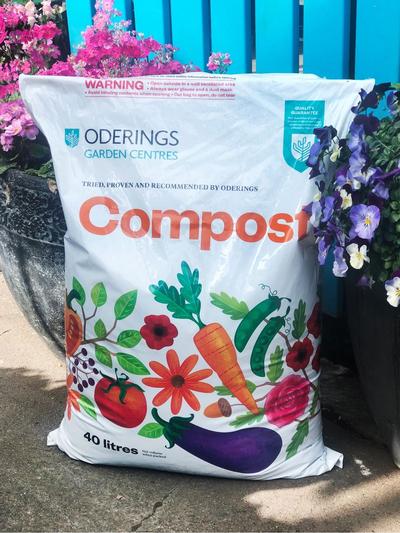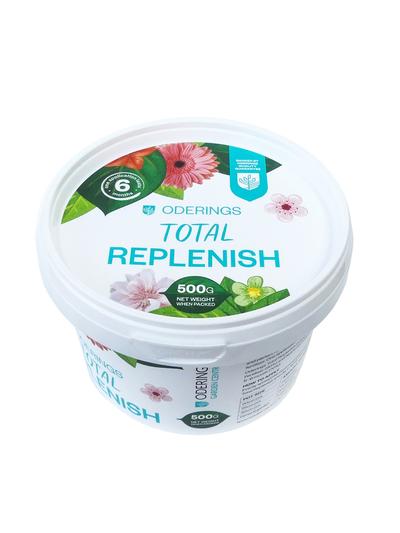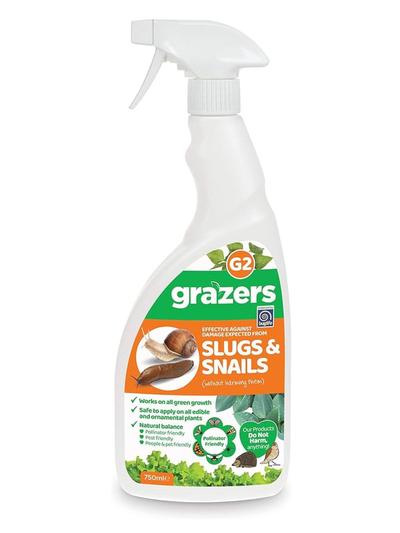
Clivias grow from fleshy, bulb-like rhizomes and can be found in their native habitat growing in the shade of large rocks or in damp, shaded spots rich in leaf mould. Their unique roots grow near the surface, and some Clivias have even been known to grow in the forks of trees, similar to orchids. These plants do well in New Zealand conditions, making them a great addition to any garden.
Clivias are well-suited to shady, free-draining soil, and they can be planted at any time of the year. While they can’t tolerate direct frost, they can survive temperatures as low as -5°C if sheltered by trees or buildings. They appreciate some sun, preferably early morning or late afternoon, as too much shade will reduce flowering, and too much sun will scorch their dark green, glossy leaves.
Soil & Location
Garden: Clivias prefer dappled shade and free-draining soil. While they don’t need fertilising in the garden, if leaf mould is lacking, a layer of Oderings Compost can be added to improve the soil.
Pots: Clivias thrive in pots as well, especially if frost is a concern. For pots, use Oderings Shrub & Tub, which is free-draining. They can remain undisturbed in pots for years, and flowering is often better when they’re pot-bound. Feed once a year with a slow-release fertiliser, and allow the plants to dry out between waterings but not to the point of wilting. Keep potted plants in a shady spot and bring them under cover during frosty weather.
Pruning & Repotting
Clivias don’t like root disturbance, so if you need to repot or divide them, do it in winter or early spring. However, don’t expect them to flower in the year that you re-pot or split them.
Flowering & Care
Clivias bloom with vibrant flowers in colours ranging from orange, red, yellow, to cream, brightening your garden from early spring onwards. Unfortunately, slugs and snails also love the flowers, so be sure to lay slug bait when the buds start forming. For a pet-safe option, Quash slug bait is recommended.
Companion Plants
For a fresh, complementary look, combine Clivias with plants like Astelias, Arthropodium, Asplenium, and Ajugas. Their dramatic foliage and striking flowers make them a fantastic addition to any garden setting.












